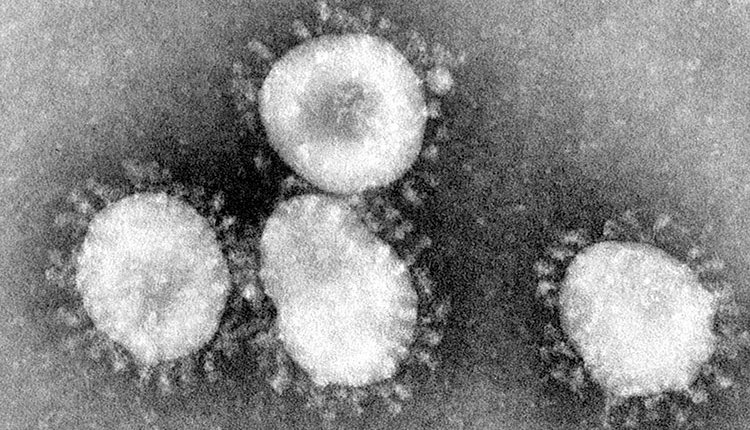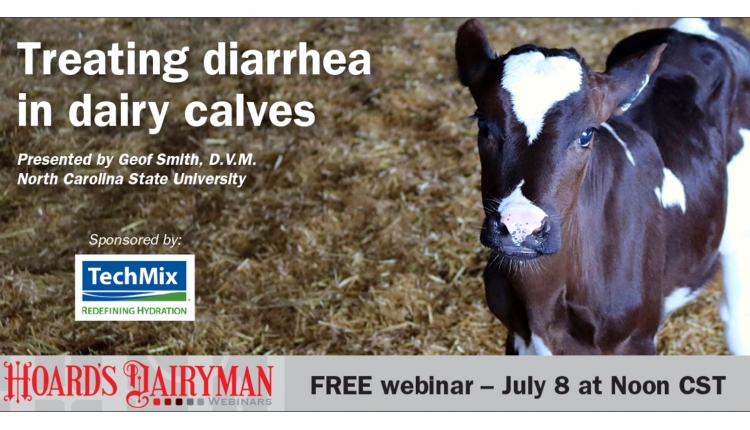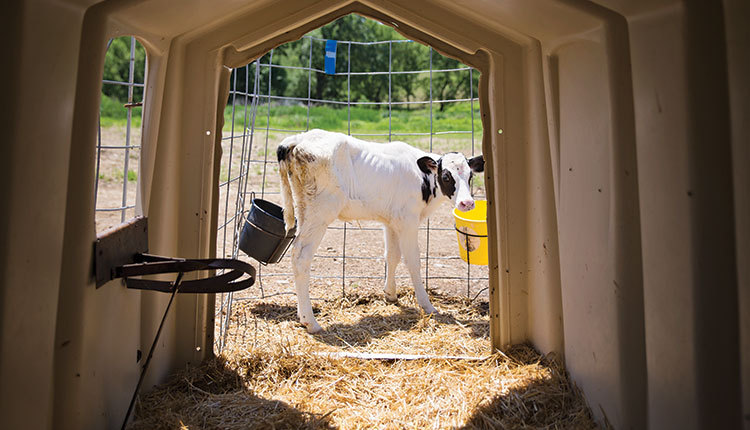A stillbirth is defined as death of the calf within 24 to 48 hours after delivery. Unfortunately, these deaths continue to be a major problem on dairy farms. Across several large studies, stillbirth rates have ranged from as low as 4.3 percent to as high as 10.3 percent.

Dystocia is blamed for the vast majority of stillbirths, and rates are significantly higher in heifers than they are in older cattle. Unfortunately, many employees on today’s dairy farms have not been trained on how and when to intervene with difficult calvings and are unaware of how to resuscitate calves after dystocia. An emphasis on properly training employees on proper intervention is critical to reduce stillbirth rates.
In addition to the loss of the calf, there is an economic impact on cows that have a stillborn calf. Studies have shown that these cows have a significantly higher risk of culling or death throughout their lactation and more days open as compared to cows that had live calves. Another study showed cows that had stillborn calves had reduced milk production as compared to cows that had live calves. Therefore, economic losses from stillbirths are not just limited to the dead calf.
Steps to limit stillbirths
Genetic selection can play a role in reducing stillbirths. Selecting sires appropriate for breeding is a critical part of the process to avoid dystocia. Beef bulls generally have EPDs (Expected Progeny Differences) for birth weight, and low birth weight bulls should be selected for heifers. Dairy bull sire summaries will have data such as sire calving ease and daughter calving ease.
Sire calving ease (SCE) is an estimate of the difficult births (dystocias) seen from that bull in first-lactation heifers. Bulls with SCE values above 8 are not recommended for heifers or small cows.
Daughter calving ease (DCE) measures the ability of the daughters from that sire to calve easily. In Holsteins, the breed average is roughly 6 percent and values higher than that are associated with greater dystocia rates.
Although not a lot of specific data is available, nutrition is also thought to be important in limiting dystocia and stillbirths. For example, trace mineral deficiencies might raise the rate of dystocias as well as cows that are overconditioned at the time of calving. In humans, women with high nonesterified fatty acids (NEFAs) can have slow labor, and NEFAs are associated with higher rates of stillbirths. This may also be the case in cattle.
Don’t forget about pen management. It is important to avoid moving cattle until Stage 2 of labor (when feet are present outside of vulva). Farms that move cattle to the calving area during Stage 1 labor (cow restless, vulva swollen, teats distended) will experience more stillbirths. Particularly in heifers, they may “stop” the process of labor when moved and then restart later resulting in higher death loss.
People need to know
Since most stillbirths are related to dystocias, it is critical that employees know how to help. They should understand the stages of labor a cow goes through as well as when and how to intervene or give assistance. They should also understand when they need to contact someone else (if labor is not progressing normally) and how to care for the newborn calf.
Normal labor takes about 60 to 70 minutes and, classically, recommendations have been to intervene 90 minutes after the appearance of the amniotic sac. Rapid intervention can result in cervical or uterine tears when we have not given the cow (particularly heifers) time to properly dilate.
A recent study, however, showed that earlier intervention may not be harmful to cattle. In this study involving 257 calvings, employees were first trained on how to properly intervene and assist with calf pulling. Then they were allowed to assist with labor 15 minutes after feet were present in the birth canal.
Only human force was allowed (no calf jacks), and calves were divided into those that did not need assistance (NA), those where early assistance was successful (EA), and those where late assistance wasn’t given until after an hour had passed (LA). Late assistance calves had higher stillbirth rates and reduced vigor as compared to calves born normally or those that received early assistance.
When assistance is needed in the calving process, move cows to a location where they can be appropriately restrained. The perineal area should be cleaned to avoid metritis, and use abundant lubrication. Make sure employees are trained to put obstetrical chains on correctly and to pull the calf along with the cow’s contractions.
Be careful about letting employees routinely use the calf jack as this is where a lot of our problems occur. The cow normally pushes the fetus with about 165 pounds of force whereas two humans pulling on the chains generates about 350 pounds of force. In contrast, one person and a calf jack can easily generate over 900 pounds of force, which can cause tissues to rip and tear.
My typical recommendation is to teach employees to use only human force with a maximum of two people. If they are unable to remove the calf, then contact the manager or a veterinarian. Calf jacks can be a useful tool in the hands of a well-trained person, but they can cause problems as well.
The first breath
Immediately after the calf is born, place the calf sitting up so it can expand both lungs. Hanging the calf upside down for any period of time is detrimental to breathing and should not be done. You can clear fluid from the mouth or nose with your hands or with a bulb syringe (turkey baster). Stimulate the calf to breathe by rubbing it with a towel and sticking your fingers in its ears and/or nose.
Employees should have a good understanding of “normal” calf behavior after delivery. For example, the calf should lift its head within three minutes after birth, sit up on its own within five minutes of birth, try to stand after 20 minutes, and be standing after an hour. Signs of calf distress include meconium staining, prolonged time to sitting up, irregular breathing, blue mucous membranes, blood in the eye, and/or a swollen tongue or head.
Other techniques can be used to stimulate breathing. These include acupuncture (place a needle directly on the midline of the nasal philtrum and insert it all the way to the bone) to induce breathing; pouring ice cold water over the calf’s head or into the ear to stimulate a gasp reflex; or potentially even administering caffeine.
Although it hasn’t been specifically studied in calves, caffeine has been used extensively in preterm infants with apnea for years. Anecdotally, there are positive reports of caffeine administration to weak calves after birth. Most often this is done by giving a calf a “five-hour energy drink.” Although more research is needed to assess the efficacy of this practice in resuscitating calves after dystocia, there are many reports of dull calves responding to caffeine and becoming alert within 15 to 30 minutes.
Stillbirths continue to be a major problem in the dairy industry. Although there are multiple reasons for this, training employees on proper calving processes and calf care after birth is critical to maximize calf survival.








